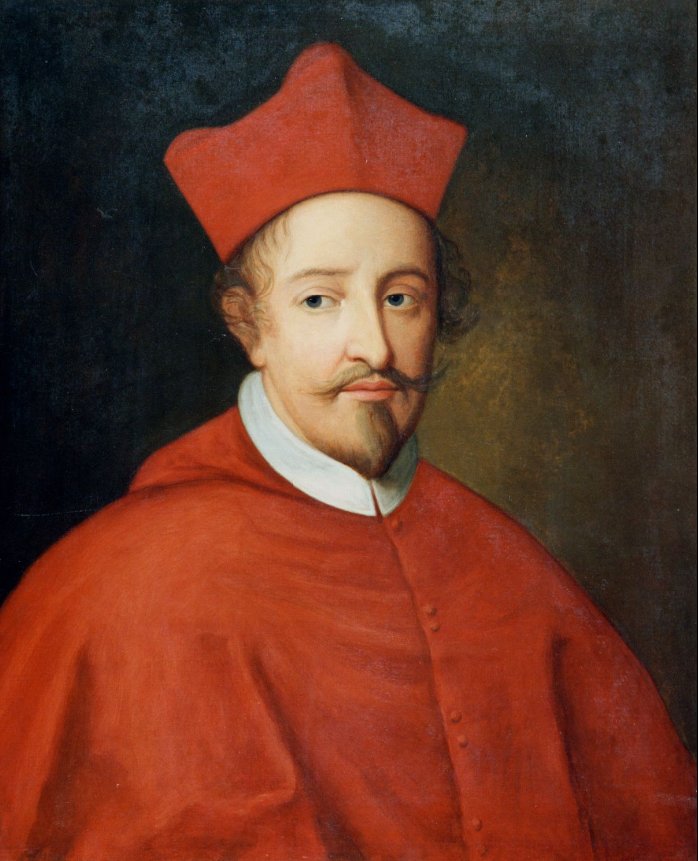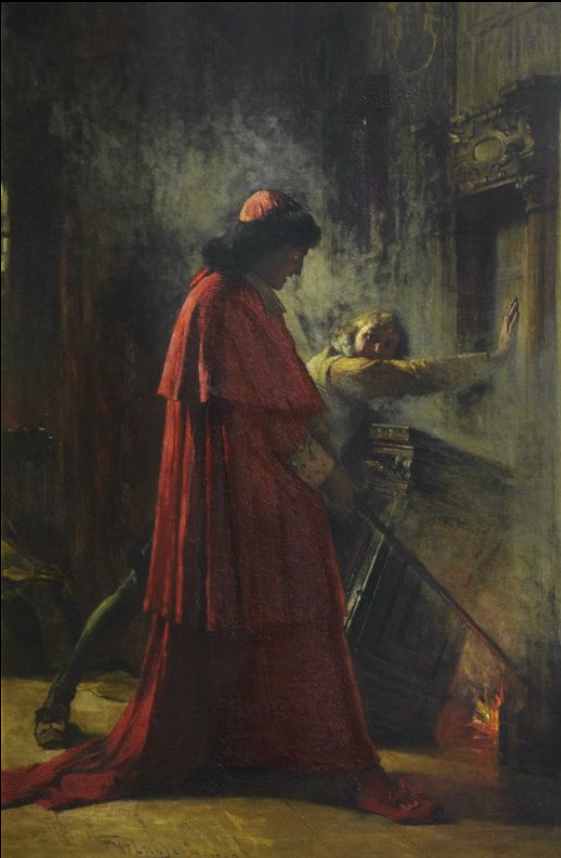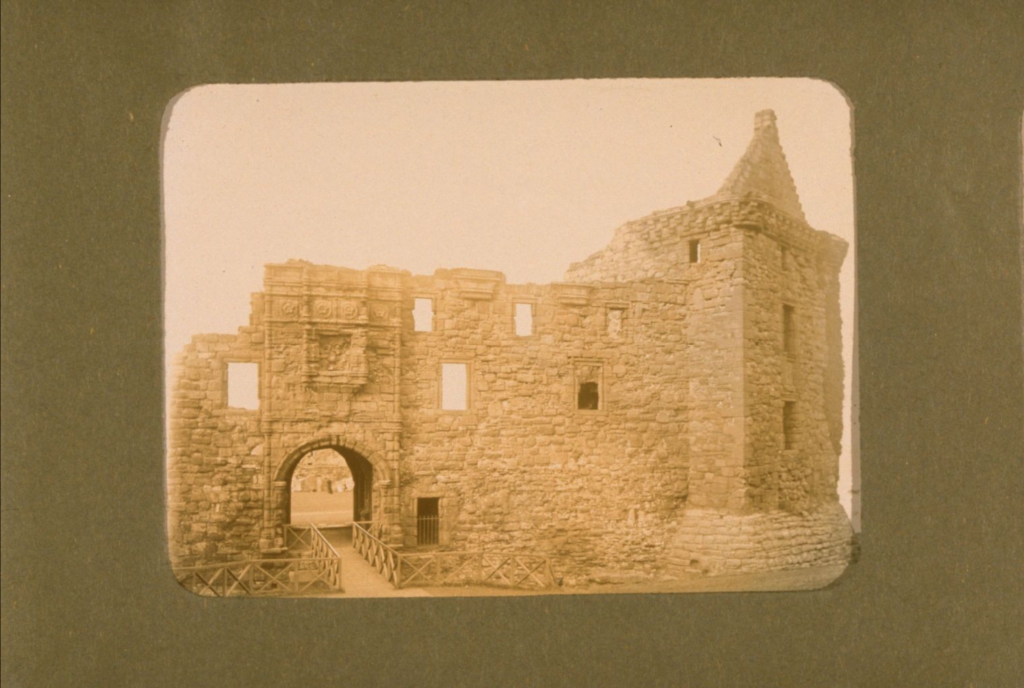The last Cardinal before the reformation, Cardinal David Beaton played an important part in Scottish history, and today we unfold the events surrounding his untimely death in 1546.
Educated at St Andrews and Glasgow Universities, David Beaton was promoted to the role of Cardinal by his uncle, James Beaton, archbishop of Glasgow in 1522. Cardinal Beaton had close links to King James V and was devoted to the crown, despite the persistence of attempts by Henry VIII to encourage James V to renounce papal authority.

However, the cardinal became unpopular through his persistent corrupt behaviour which included spending church funds as his own and ruthlessly enforcing punishment for heresy.
In fact, Cardinal Beaton ordered the arrest, trial and eventual execution of the Scottish protestant reformer George Wishart in March 1546 for heresy. However, this act became the Cardinal’s kiss of death by angering a swathe of Scots so deeply that a plot to murder David Beaton was concocted in the following weeks.
Having finally tired of the Cardinal, a group of protestant-leaning lairds snuck in to St Andrews castle disguised as masons on the morning of May 29th 1546 and carried out their plan to remove Cardinal Beaton for good. Having entered the castle, the lairds found Cardinal Beaton and murdered him.

The cardinal was a zealous persecutor of reformers and was among those who found George Wishart guilty of spreading heretical doctrines. Wishart was burnt in St Andrews on 2 March 1546. As revenge for Wishart’s death, John Leslie, brother to the Earl of Rothes, his nephew Norman and Kircaldy of Grange surprised and murdered the Cardinal in his bedroom in St Andrews Castle and took possession of the fortress on 29 May 1546.

It is said that Cardinal Beaton’s body was hung from the castle on the morning of his death; a sombre warning for the town. It is said that the cardinal’s body was then placed in the castle’s dungeon and preserved with salt to counteract the smell of rotting flesh. Thankfully, Cardinal Beaton was eventually laid to rest at St Andrews Cathedral